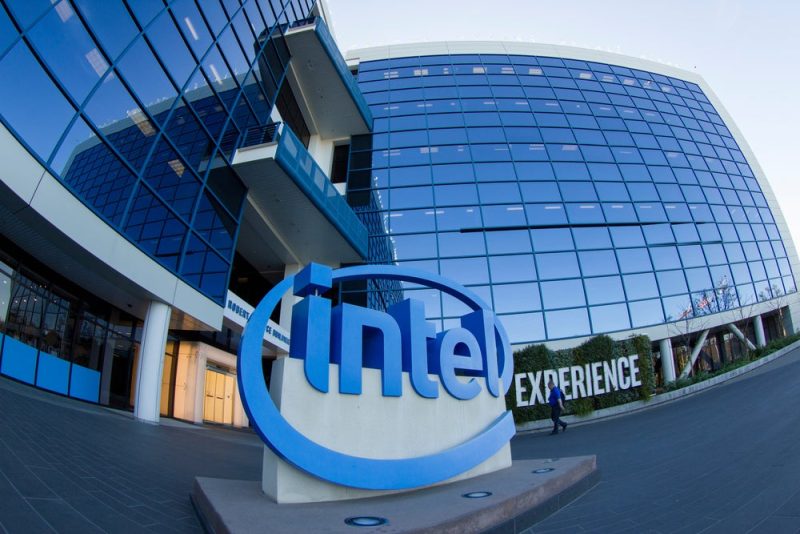
Intel is facing a critical juncture. The chip giant, once synonymous with innovation, has been struggling to keep pace with competitors. Now, newly appointed CEO Lip-Bu Tan is taking drastic measures to revitalize the company, just five weeks into his tenure. His diagnosis? Excessive bureaucracy is stifling innovation and hindering Intel’s ability to compete effectively.
Tan’s actions are swift and decisive. He’s announced significant organizational changes, although specifics remain scarce at this early stage. The implication, however, is clear: a significant restructuring is underway, aimed at streamlining processes and empowering engineers to focus on what matters most—developing cutting-edge technology.
This bold move reflects a growing concern within the tech industry. Many companies, particularly large, established players, grapple with internal processes that slow down progress and hinder agility. Tan’s outspoken criticism of Intel’s bureaucratic hurdles underscores the urgency of the situation and his determination to break free from these constraints.
The challenge ahead is substantial. Intel faces stiff competition from rivals like AMD, who have made significant inroads in recent years. Successfully navigating this challenge requires not only organizational restructuring but also a renewed focus on research and development, a commitment to attracting and retaining top talent, and a willingness to embrace change. Tan’s decisive actions suggest he’s prepared to meet this challenge head-on.
The coming months will be crucial for Intel. The success or failure of Tan’s strategy will determine whether the company can reclaim its position as a leader in the semiconductor industry. The market will be watching closely as Intel embarks on this critical transformation, hoping that Tan’s bold moves will finally reignite the company’s innovative spark.










